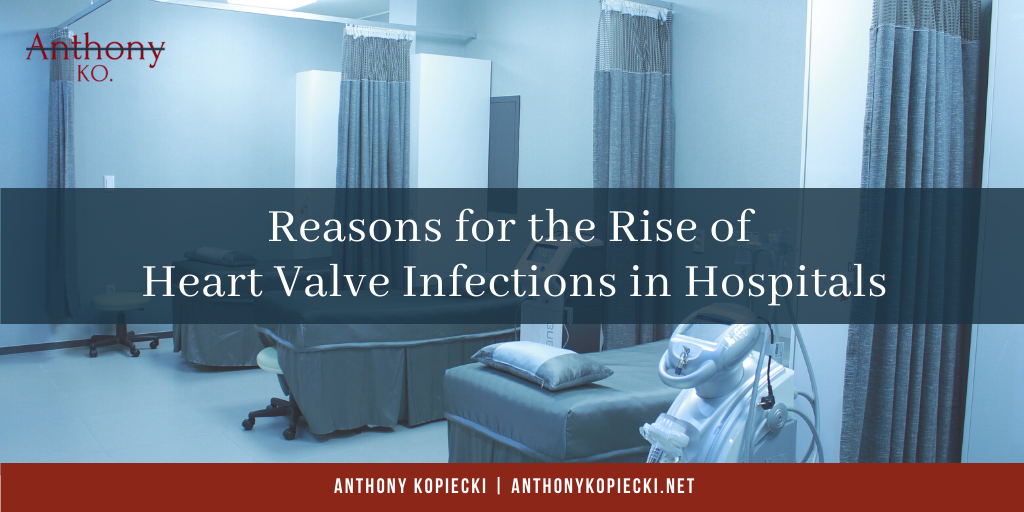Heart valve replacements are used for patients that either have a defective artificial heart valve or heart disease. A study conducted by Rutgers has shown that patients with the above issues are at an increased risk of infection. It’s an issue that most commonly affects the heart valve after the surgical procedure. As you might expect, a heart valve infection can often be life-threatening. The findings of the study have been published in medical journals, such as The American Journal of Cardiology.
Infective endocarditis is the technical term for a heart valve infection. This condition occurs when there are bacteria present in the bloodstream, which can enter through the gastrointestinal tract. It’s recommended that doctors give patients antibiotics when there is a chance of a bacterial infection. However, the protocol was changed more than a decade ago to only recommend them to high-risk patients to curb the development of increasingly resistant strains of bacteria. As a result, patients with a low risk of infection generally did not receive antibiotics.
Those helping with the study analyzed more than 21,000 patient hospital records in New Jersey from 1994 – 2015. They found that there was a sharp rise of patients developing heart valve infections while being treated for something else beginning in 2004. Overall, “The study showed hospital-acquired heart valve infections have increased as the number of community-acquired heart valve infections have declined,” according to Modern Healthcare.
Lead author of the study, Abel Moreyra, a Professor of Medicine at Rutgers Robert Wood Johnson Medical School, said that heart valve infections acquired after admission began to rise around the time that the American Heart Association changed their guidelines for preventing infections. Before the change, it was suggested that all individuals at risk should take antibiotics for prevention. Currently, the AMA suggests limiting the utilization of antibiotics to only include patients with a high risk of infection.
According to Moreyra, the current guidelines don’t truly reflect this shift in risk factors for infection. He argues that past instances of infective endocarditis were associated with rheumatic heart disease and caused by bacteria found in the mouth. Moreyra says that “new risk factors, such as intravenous opiate abuse, compromised immune systems, hemodialysis, and implanted heart devices have emerged.” All now contribute to the large amount of in-hospital cases of infective endocarditis. Staphylococcus microorganisms cause most of the infections; they are more difficult and more expensive to treat. This supports the theory that the infections are hospital-acquired.
Countless hours have been used to analyze the timeframe in which patients develop infective endocarditis. Overall, this research helps to determine the root of the problem. It has provided the information needed for hospitals to implement protocols and standard practices for preventing infection in the future. The reasons for the rise of heart valve infections in hospitals is complex and multifaceted. Subsequently, the risk to patients is still prevalent, and continued research is necessary.
